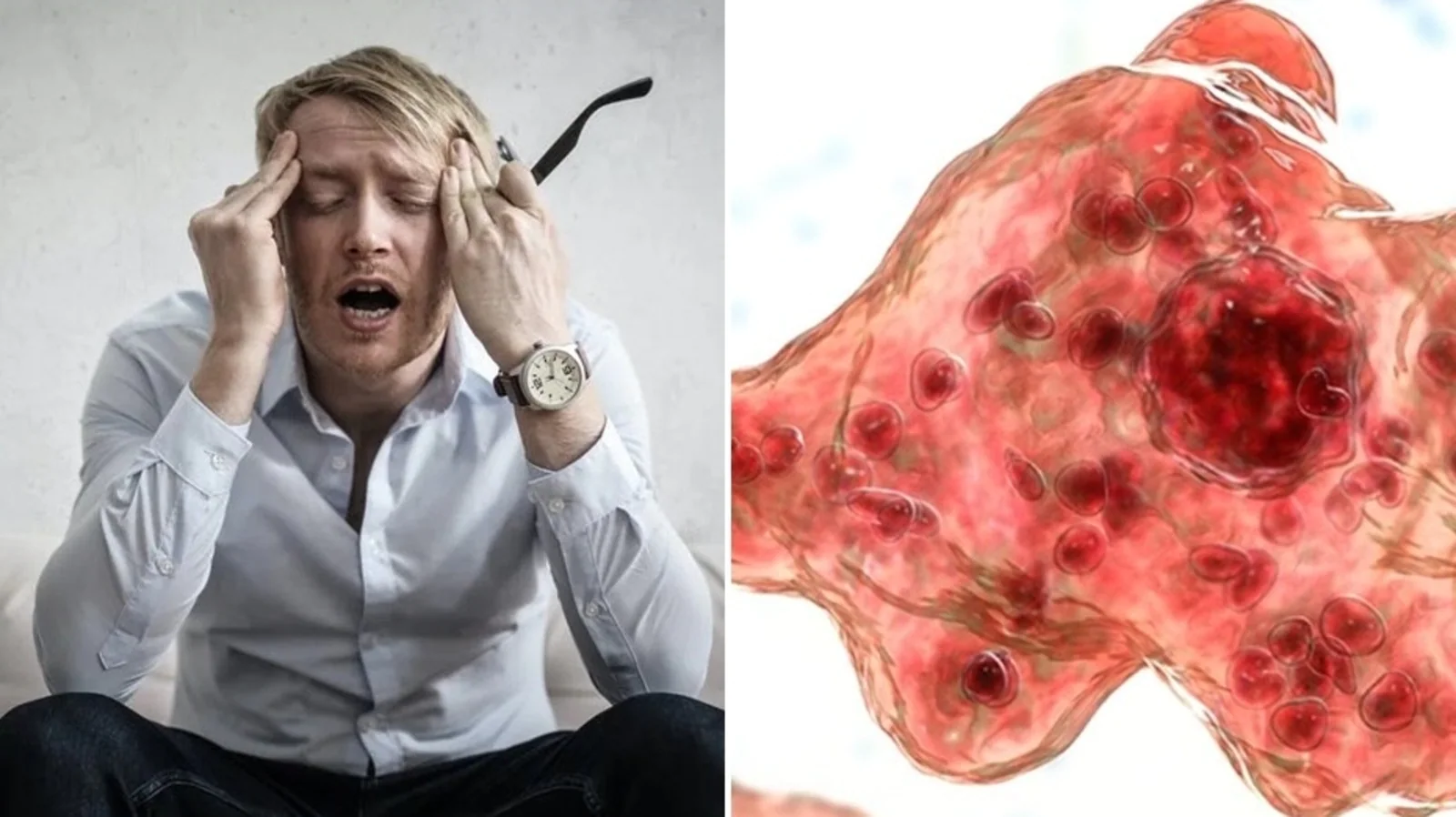Seoul: South Korea reported its first death from infection caused by a ‘brain-eating amoeba’ on Monday. A man in his 50s, died 10 days after displaying symptoms of the rare but lethal infection. It is suspected that the man was infected during a trip to Thailand, according to The Korea Times.
The Korea Disease Control and Prevention Agency (KDCA) revealed that the man stayed in Thailand for four months before entering South Korea on December 10. A day later, he was taken to the emergency room after he began suffering from headaches, vomiting, stiffness in the neck and slurred speech, said the report.
Where is it found
- The Naegleria fowleri infection, also known as the ‘brain eating amoeba’ is usually found in warm freshwater bodies like lakes, rivers and hot springs.
- The amoeba is found in soil.
- Notably, from 1962 to 2021 only four of 154 people in the United States survived after contracting the infection.
- Poorly maintained swimming pools, splash pads, surf parks, or other recreational venues with insufficient chlorine
- Naegleria fowleri does not live in salt water, such as the ocean.
How does brain-eating amoeba Naegleria fowleri infect people
If contaminated water is inhaled up the nose, Naegleria fowleri can cause a brain infection known as primary amebic meningoencephalitis (PAM).
The disease progresses rapidly and the first stage is marked by severe headaches, fever, nausea and vomiting.
In the second stage, the patient can experience hallucinations, and seizures and can even slip into a coma.
The disease – ‘primary amoebic meningoencephalitis’ – is difficult to detect in its early stages. The disease spreads rapidly. The disease is usually discovered after the patient has died.
Is Naegleria fowleri present in India
According to a report in the Indian Express, the Naegleria fowleri has been identified as the cause of PAM in over 16 countries, including India, and has been found on all continents.
What are the symptoms of Naegleria fowleri?
The initial symptoms, appearing five days post infection, include
- Headache
- Fever
- Nausea
- Vomiting
- Stiff neck
- Seizures
- Altered mental state
- Coma
- Death
Can climate change increase the spread of the infection?
According to the CDC, with the rising global temperatures, the chances of getting Naegleria fowleri infection will go up as the amoeba mainly thrives in warm freshwater bodies. The organism best grows in high temperatures up to 46°C and sometimes can survive at even higher temperatures.
